40 years since Mount St. Helens devastating blast
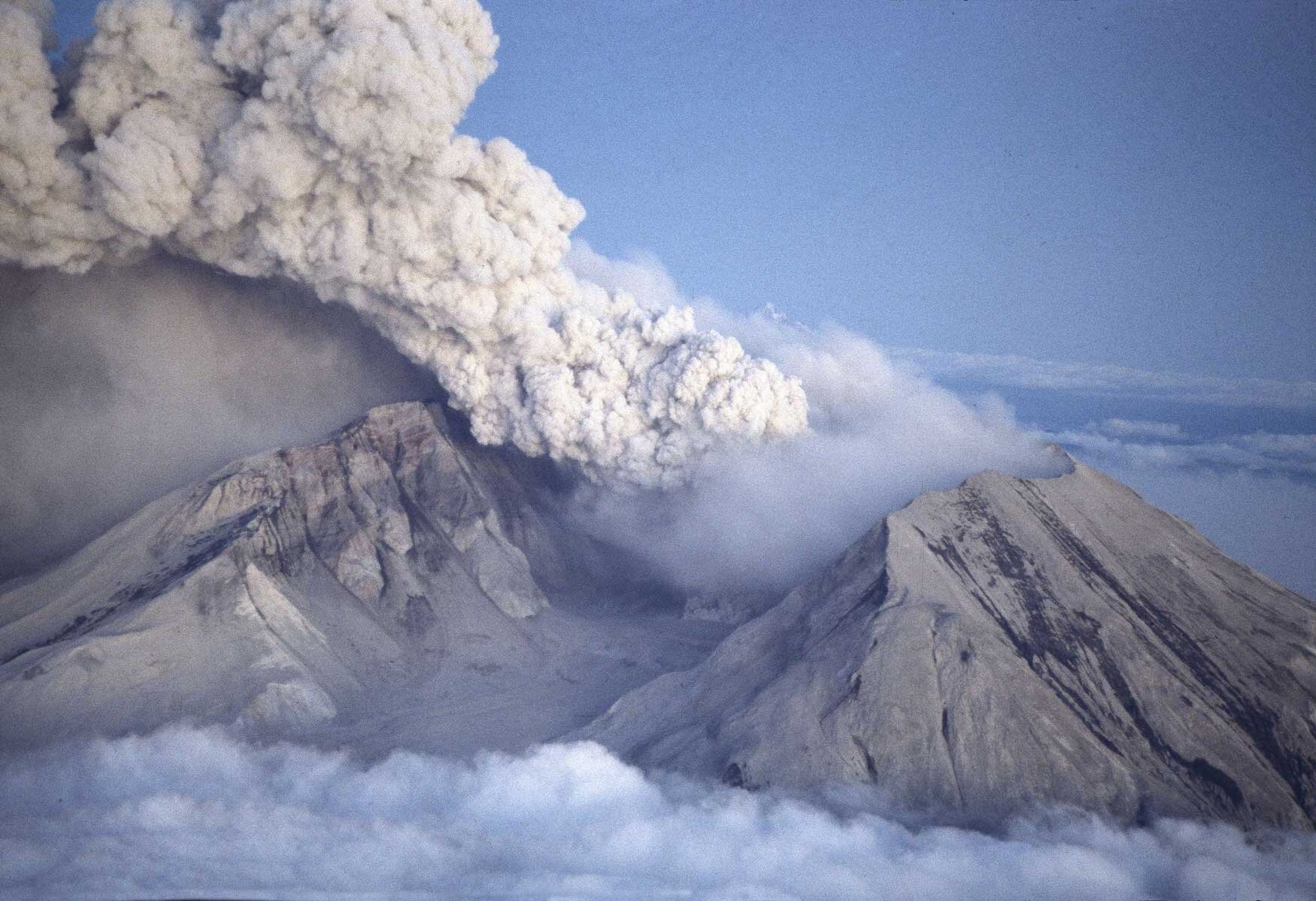
It was a sleepy, sunny Sunday without a hint that beneath one of North America's prettiest mountains a rage was brewing that astonished even geologists.
At about 8.30am, May 18, 1980, Mount St. Helens blew with a force that rivalled a hydrogen bomb, levelling 150 square miles of tall trees like a lawnmower cutting grass and burying homes, lodges, cars and, tragically killing 57 people.
George Barker, of the Skamania County Sheriff Dept., tells residents of homes at Spirit Lake that the road was closed due to earthquakes on nearby Mount St. Helens, March 26, 1980. The mountain has been sealed off in case it does erupt as tremors up to four on the Richter scale have been occurring in past days. (AP Photo/Barry Sweet)
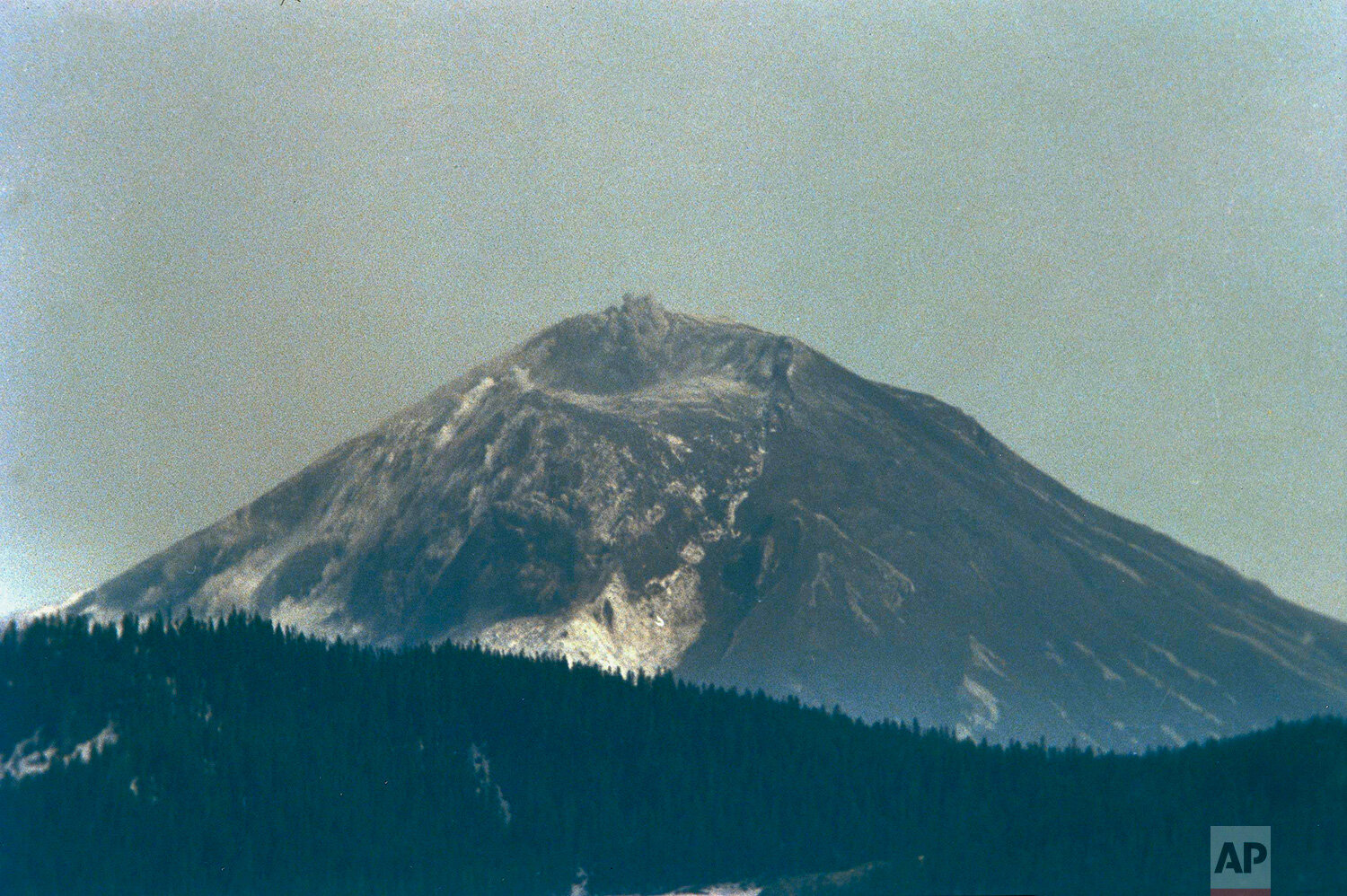
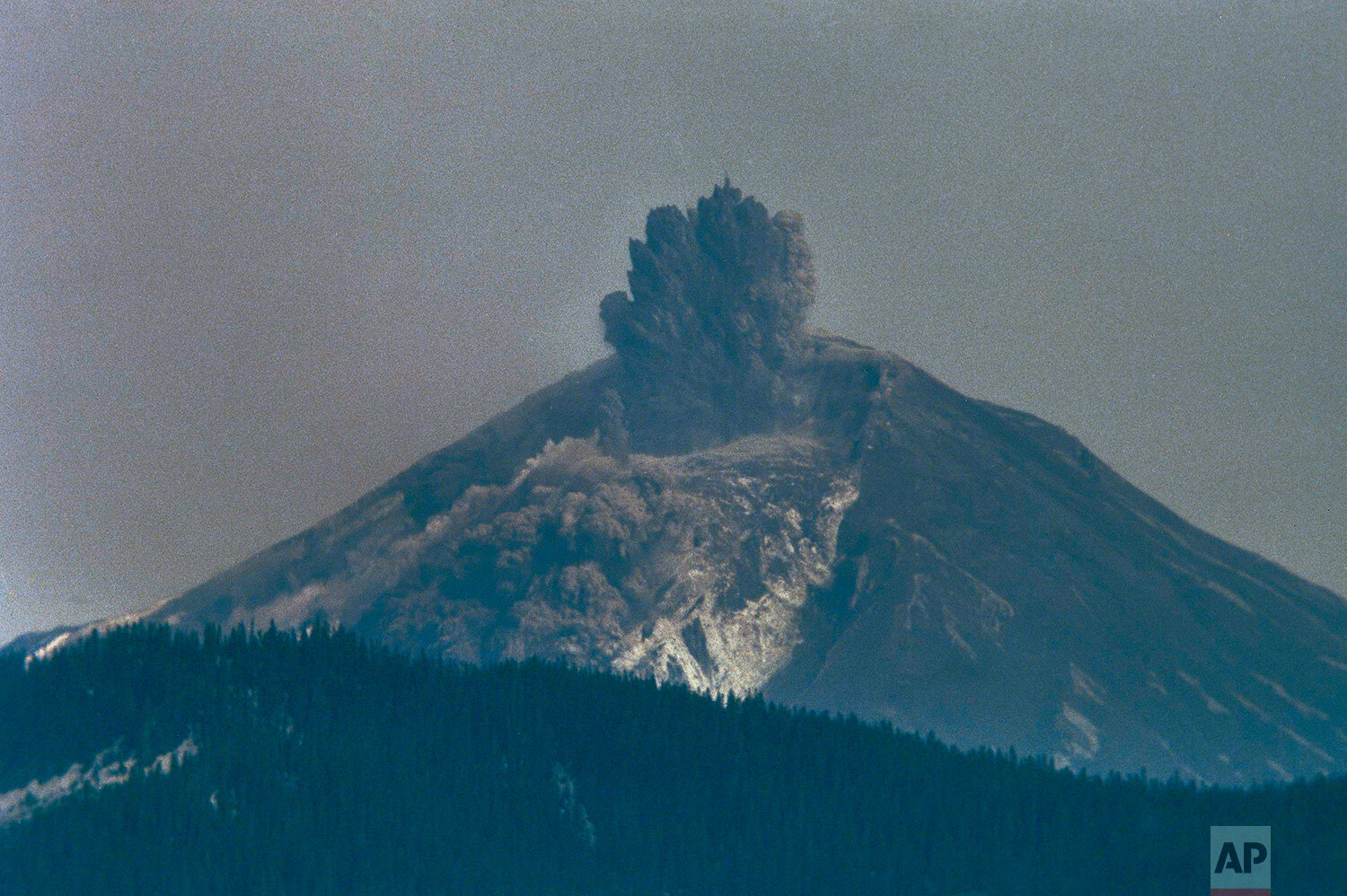
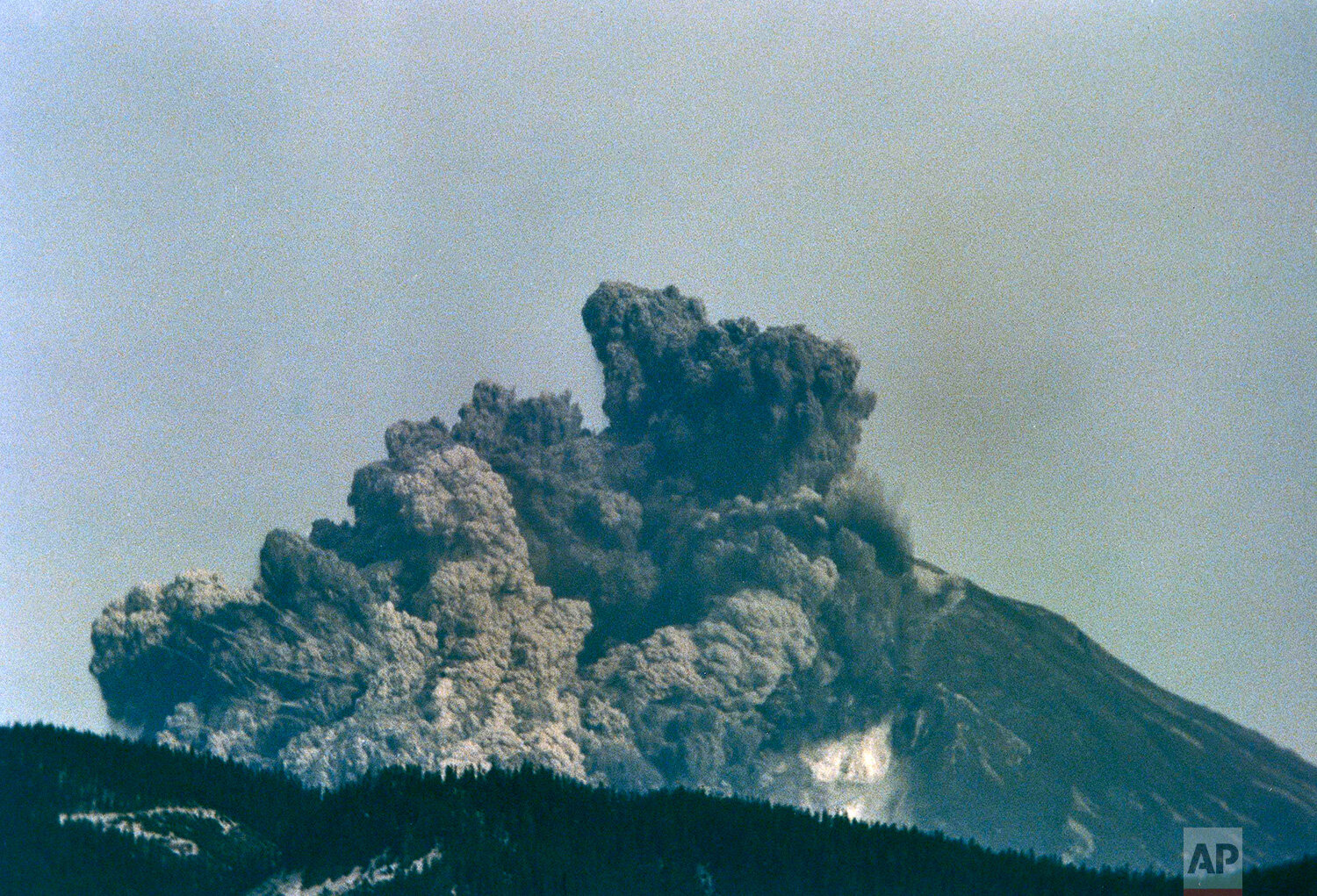
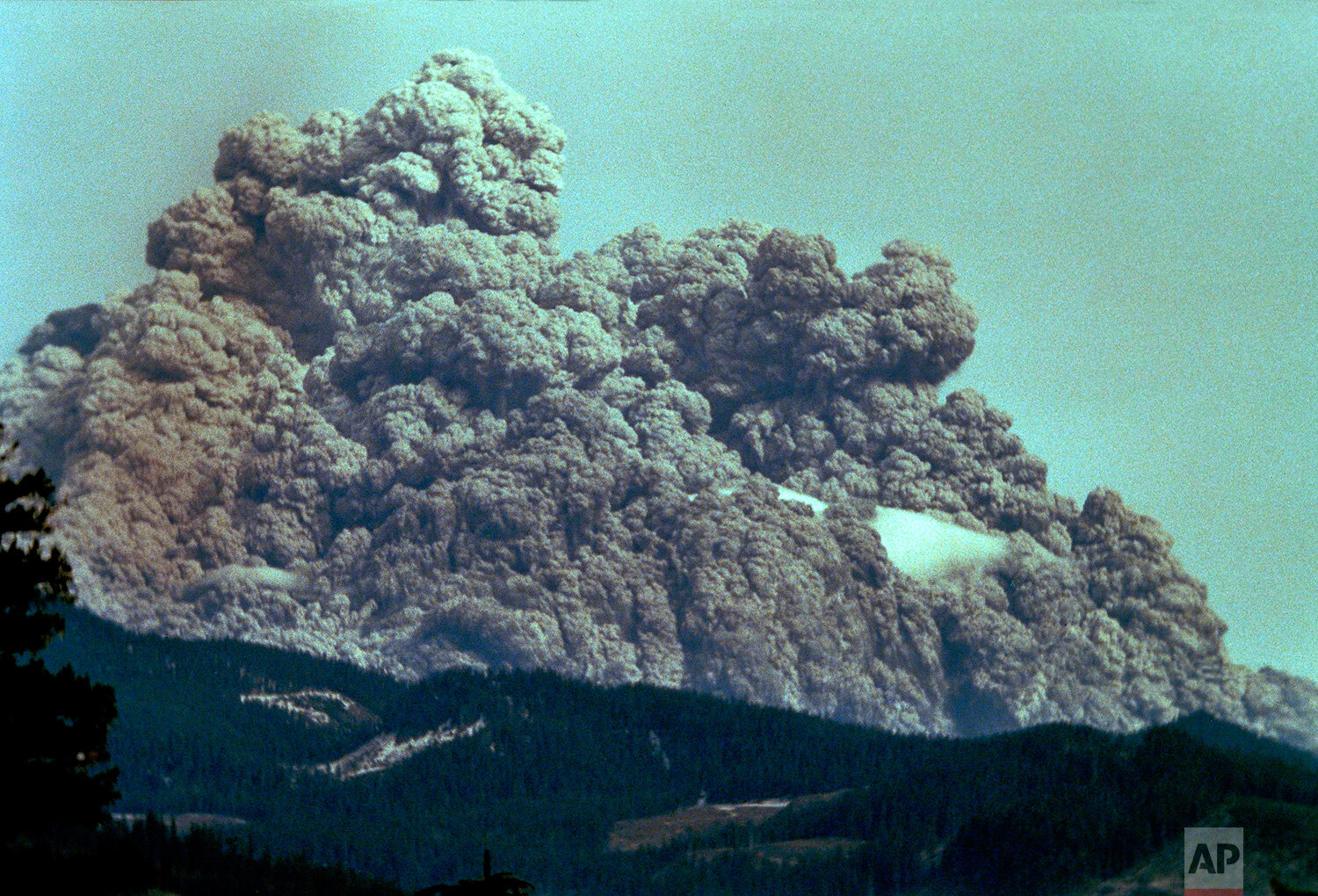
By Sunday evening, the once snow-covered 9,677-foot peak was reduced to about 9,100 feet, said U.S. Geological Survey spokesman Worner Gerhard. Its crater was one-half mile across.
Bob Brown, right and John Brown, are shown May 19, 1980, climbing onto a railroad car along side two additional would be horse rescuers. They gave up their efforts and had to flee for their lives as flood waters from the Toutle River suddenly began to rise. All four people reached safety but the horses are presumed to have drowned. (AP Photo/Gary Stewart)
Volcanic ash and steam rises from Mount St. Helens, Wash., as it erupted, May 18, 1980. (AP Photo)
Mudflows entered both forks of the Toutle River on the north flank of the mountain in Washington's southwestern corner, swelling the river to three times its normal width, aerial observers said.
A brown wall of water reported as high as 20 feet in places swept down the Toutle with debris and logs, destroying several bridges on the Spirit Lake Highway, said the Washington State Patrol.
The flood was followed by a mile-long logjam that was forced down the Toutle and into the larger Cowlitz River, where thousands of people lined the banks to watch.
A car is shown submerged in ash on May 20, 1980 from the Mount St. Helens eruption in Washington State. (AP Photo)
Denuded trees lay like matchsticks in the changed landscape around Mount St. Helens, Wash., shown two days after eruption, May 20, 1980. (AP Photo/Jack Smith)
Jan Smith of Castle Rock, Wash., wears a gas mask after Mount St. Helens erupted filling the air with ash and smoke, May 29, 1980. Many areas of the northwest received varying amounts of ash after the May 18 eruption. (AP Photo)
Two women cover up as they walk along a Portland street, May 26, 1980, after Mount St. Helens erupted spewing ash skyward with some of it landing on the city. Work crews have already started washing off the streets. (AP Photo/Bill Haber)
Workers hose down a Portland, Ore., street after ash from the volcano Mount St. Helens drifted over the metropolitan area, May 26, 1980. More ash could drop on the city as the mountain continues small eruptions. Mount St. Helens is located 45 miles northeast of Portland in southwest Washington. (AP Photo/Bill Haber)
Ransom Tew, 71, of Portland, Ore., wears a protective surgical mask as he waits for the light in downtown Portland, May 26, 1980. Ash from Mount St. Helens blanketed the city causing some discomfort and snarling traffic. (AP Photo/Gary Stewart)
A small dog that was evacuated during the Mount St. Helens eruptions sits in its cage in Longview, Wash., May 27, 1980. (AP Photo/Gary Stewart)
Lori Cristina, 4, of Steilacoom, Wash., lies on a cot in a disaster relief center in Longview, May 27, 1980 as a volunteer carries a small child to another section of the shelter on Monday. The shelter, the Cascade Middle School, is being used to house persons affected by the Mount St. Helens volcano. It is also the school President Carter visited last Thursday. (AP Photo/Gary Stewart)
While an Army helicopter hovers overhead 2nd Lt. Von Roberts, left, and Pfc. Pat Puhr both members of the 9th Infantry Division, Fort Lewis, Wash., search an area near the base of Mount St. Helens for the remains of persons missing near the volcano on Tuesday, May 27, 1980. Sixty-eight persons are still missing in the wake of the May 18, 1980 eruption on the mountain. (AP Photo/Gary Stewart)
With a surgical mask dangling from his badge, Lewis County Sheriff William Wiester tells a Toledo news conference that the air search for survivors of the May 18 blast from Mount St. Helens has been suspended, May 30, 1980. Fifty-eight persons are still missing with 22 reported dead. (AP Photo/Gary Stewart)
This aerial view shown May 23, 1980 from a search and rescue helicopter shows the new crater on Mount St. Helens formed by Sunday's massive eruption. (AP Photo/Gary Stewart)
Text extracts by Bruce Bartley and from the AP Log, June 2, 1980.
The AP Corporate Archives contributed to this blog.
